I'm an artist at heart, performer and songwriter, and a lover of all things creatively & artistically beautiful. In this little corner of the internet, we talk about how to live an artistic lifestyle, fit with the tools, techniques, tips, and community. Get comfy and cozy.
BACK TO THE BLOG
I came across the art of wabi-sabi when I accidentally broke one of my favorite thrifted vases. I’d gotten it from Habitat for Humanity Restore for about $5, and though I wasn’t skilled enough to do it myself at the time, I loved the concept of a design style specifically aimed at imperfection.
Now, as I venture through my creative journey (as I’m sure you are, too) the Japanese art of wabi-sabi continues to come up, as I realize there may be an even bigger way to apply “beauty from imperfection” in my creative life.
What is Wabi-Sabi?
The essence of wabi-sabi is a Japanese philosophy that finds beauty in imperfection, impermanence, and the natural world.
A loose definition of wabi-sabi translates “wabi” to subtle, austere beauty, and “sabi” to rustic patina.
We’ll often see wabi-sabi in the wild as a delicate, hand-thrown ceramic bowl with a slightly uneven rim, a weathered wooden bench showing the marks of time, or beautiful gold, glued lining around a plate that was previously shattered, making for an entirely new design to love.
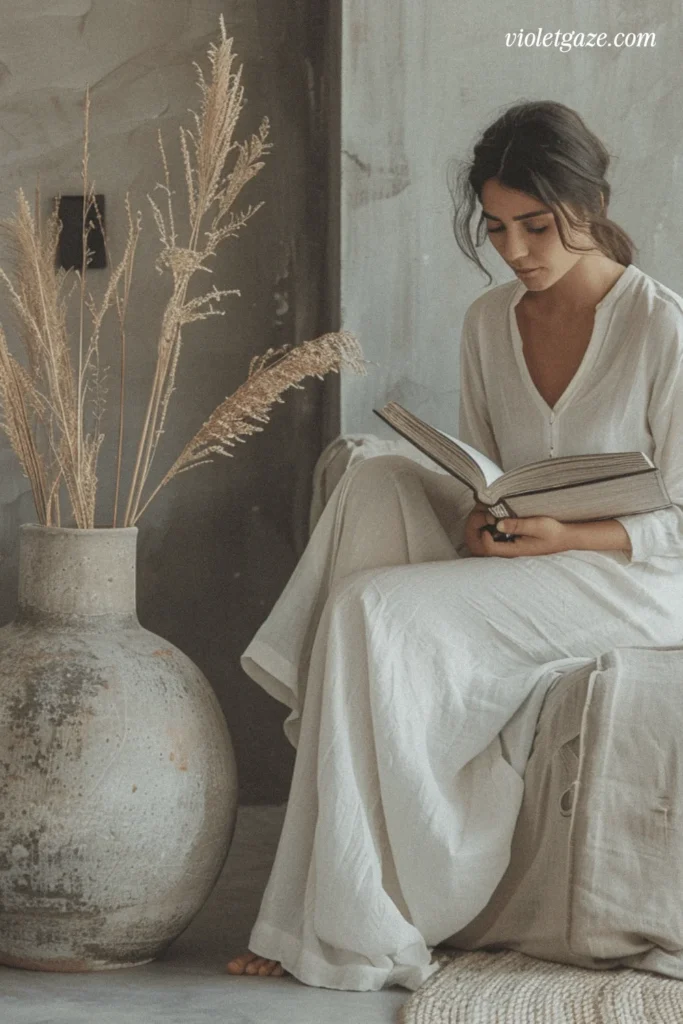
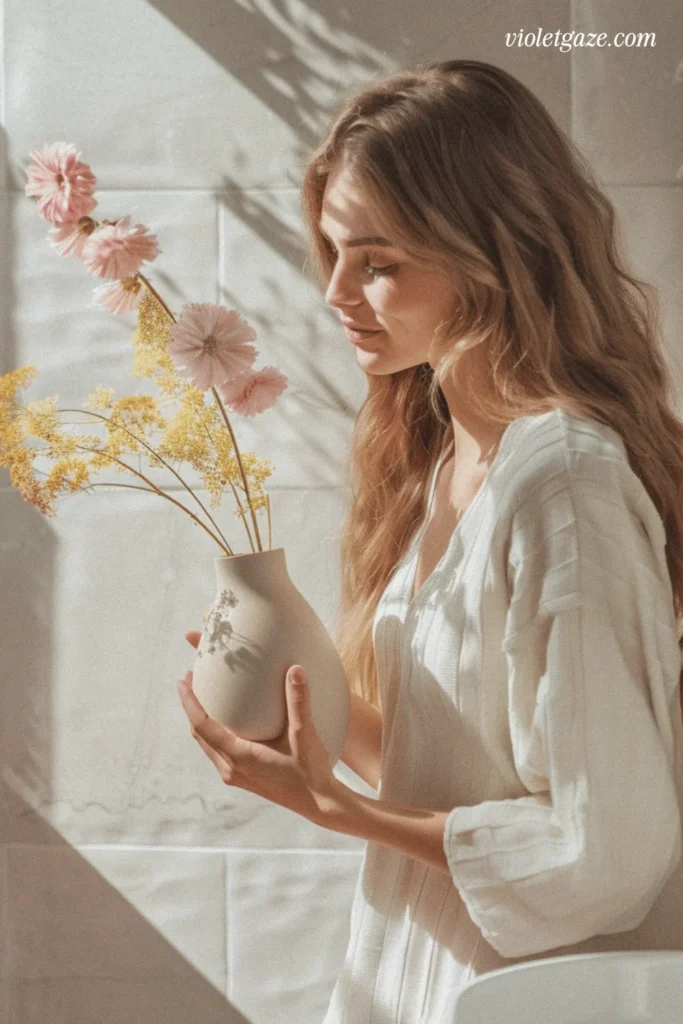
But if you take a peek into the wabi-sabi meaning when it comes to your artistic life, there’s a way to apply this directly to your creative process, shifting your perspective to a whole new kind of beauty in the imperfect, messy journey of it all instead of a “shiny,” moving target of a destination.
Working in digital marketing, I’ve worked alongside many people in different countries. And I’ve found that, while effective and successful, there’s this self-defeating Western pursuit of flawless excellence we tend to have.
We’re held hostage by deadlines, the constant yearn for “perfection” (whatever that means), and endless pressure to chase a moving target. I like to think of wabi-sabi as a little reminder to teach us to appreciate the marks of time, the quirks of nature, and the unique character that comes with age and experience.
Here’s how to apply the simple principle of beauty in imperfection to your creative path.
How to Apply Wabi-Sabi to Your Artistic Process
1. Consider Quantity Over Quality When Just Starting Out (Within Reason)
I always say that when you’re just starting out in your artistic process, you have to value the process of creation rather than the pursuit of perfection.
In more specific terms, when you’re just starting with your art — whether it’s writing music, making pottery, or writing — focus on quantity (consistency) over quality (numbers and metrics).
This isn’t to say to never think about the quality of your work — but you’re never going to release or launch anything if you get caught up in being perfect. Because guess what?
Your first song? Not gonna be perfect.
Your first Etsy shop release? Nope.
Your first design? I sure hope not.
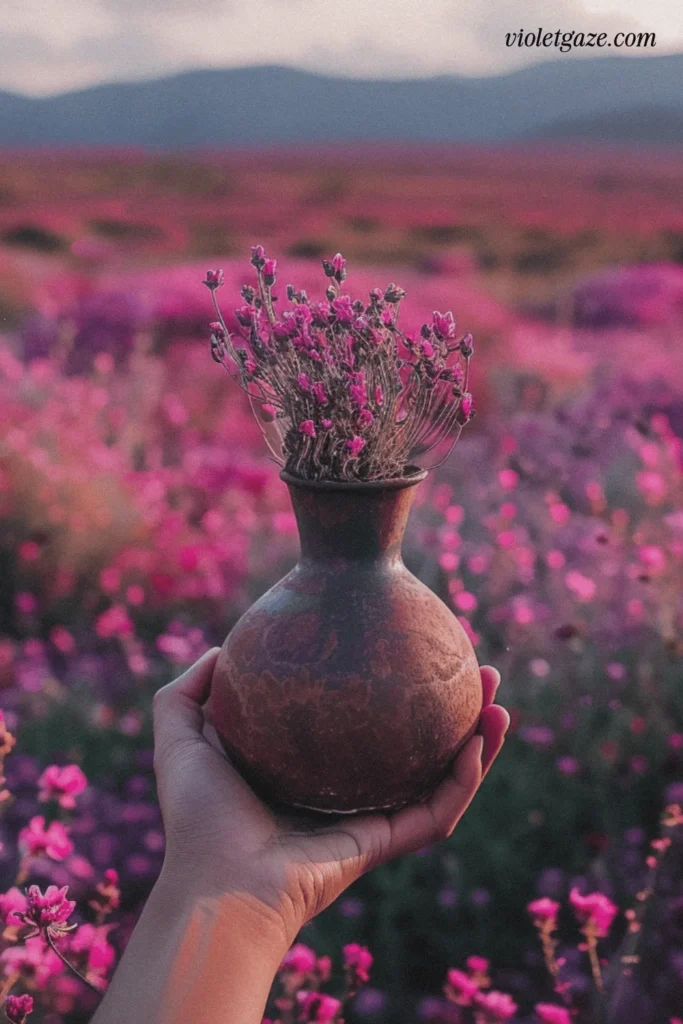
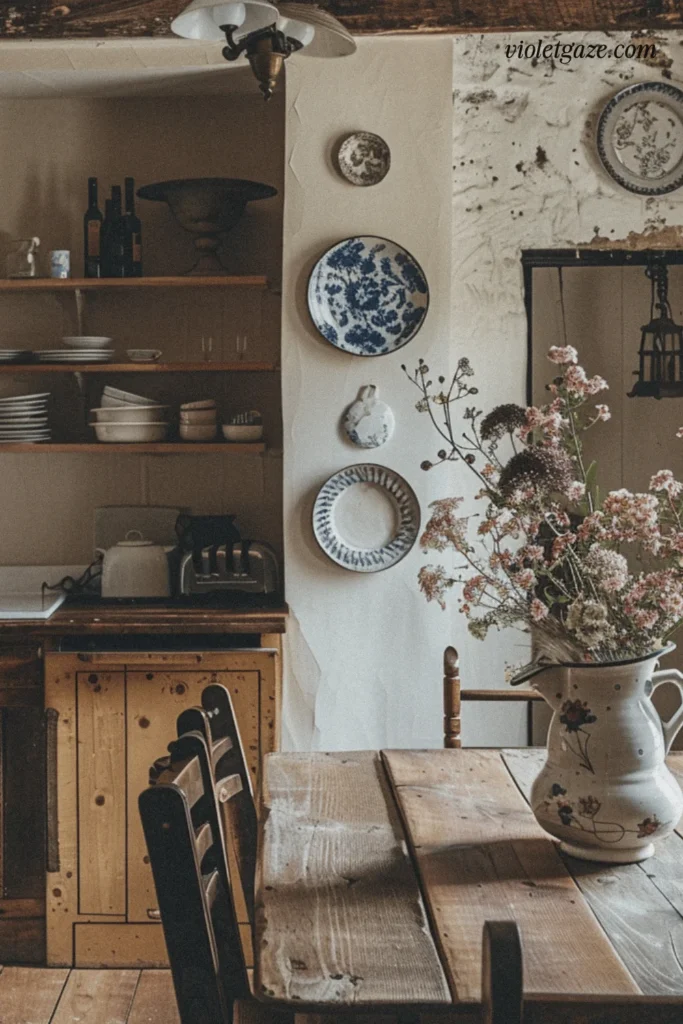
The process of just starting your art is so fun because you don’t have to get caught up in the numbers or audience. This is your special time to just create and create and create. It’s your time to experiment, make mistakes, and create without judgment.
The more you create, the more you’ll learn and discover your own unique style and voice.
Yes, this means you’ll look back at your early work years from now and say “Wow, I’ve changed so much!” And that’s the absolute best thing you could do compared to the alternatives:
Looking back and saying “Wow, I haven’t changed at all,” or even worse, saying “Wow, I haven’t even started.”
2. “Soft Launch:” Start, Launch, Release Quietly
Instead of striving for a grand, flawless debut, start small, humble, and quiet and build up gradually. This “soft launch” approach can be less intimidating and more in line with the wabi sabi style and spirit — allowing you to “break” things without practically anyone seeing.
- Maybe you’re a musician working on a new album. Dare to not post about it on social media or tell anyone while you experiment.
- Maybe you’re a writer, and want to start writing fan fiction. What if you just kept the process to yourself for a little bit? Write 10, 15, 20 stories without telling anyone, and see where it takes you?
A quiet launch doesn’t mean you’re not confident in your work; it simply means you’re allowing it to evolve and grow naturally. Sharing your art in a more intimate setting lets you create space for dialogue, feedback, and meaningful connection with your audience when it’s good and ready. Feedback too early might give you analysis paralysis and a fear of releasing anything (which is the worst thing that could happen!).
3. Consider the First 6 Months For You (Not For Your Audience/Fanbase/Clients)
The first six months of your creative lifestyle and process should be dedicated to exploring, experimenting, and discovering your own unique voice and style.
This goes in line with this first point about soft launching, but it’s even more about your attitude towards it all. Your art is about the brand/niche/genre of you — so use this time to explore who you are as an artist.
This is your time to play, learn, and grow as an artist without the pressure of external expectations. Try new techniques, explore different mediums, and push the boundaries of your creativity.
By giving yourself this period of self-discovery, you’re gaining a deeper understanding of your artistic passions and developing a stronger foundation for your future work.
4. Let Your Systems Grow With Your Goals
As your artistic journey progresses, you’ll likely find that your goals and ambitions evolve as well.
And that’s great! Goals and systems aren’t meant to stay the same.
Don’t feel pressured to have everything figured out from the start. Instead, begin with simple systems that work for you in the present moment.
Maybe that means a simple checklist in your Apple Notes app.
As your skills and ambitions expand, maybe you find that using simple tasks in Asana in the calendar view are helpful for you to visualize your daily tasks.
As your business grows, maybe you start inviting team members into your space to help streamlining processes even more.
I found myself going through lots of YouTube videos about systems and processes and thought I needed to make things super complicated. But I learned that was another thing that just got in my way of getting my work out there through consistency.
Keep it simple when you’re starting out. Your business, your process, your organizational systems will shift and change, so be patient.
There’s no one-size-fits-all approach to artistic creation. And there’s definitely not a reason to overcomplicated things just because you love organization (guilty 
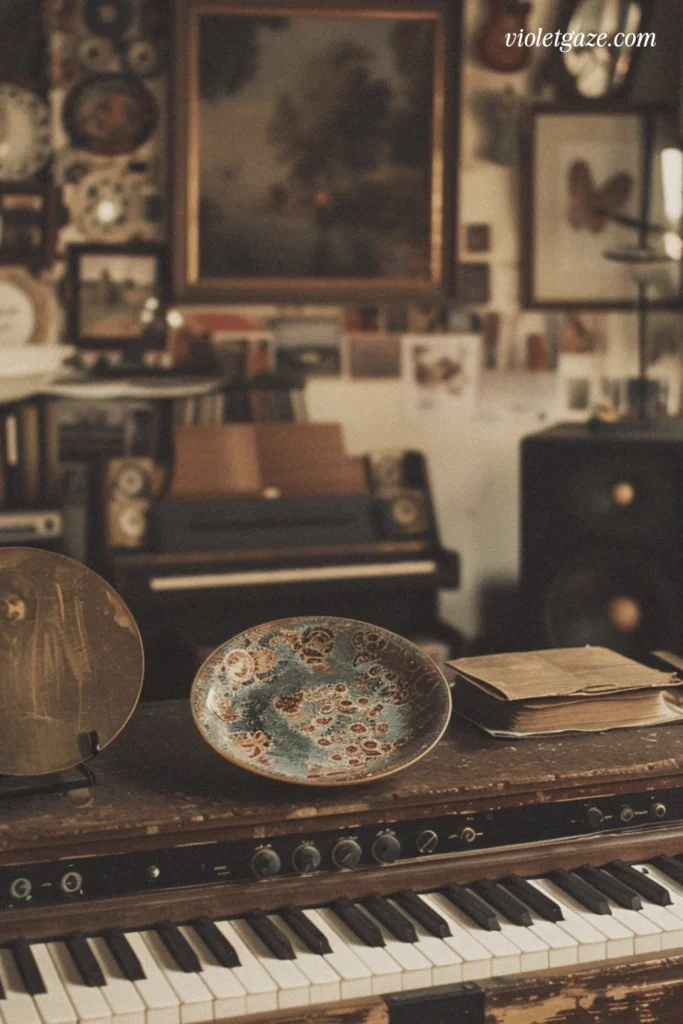
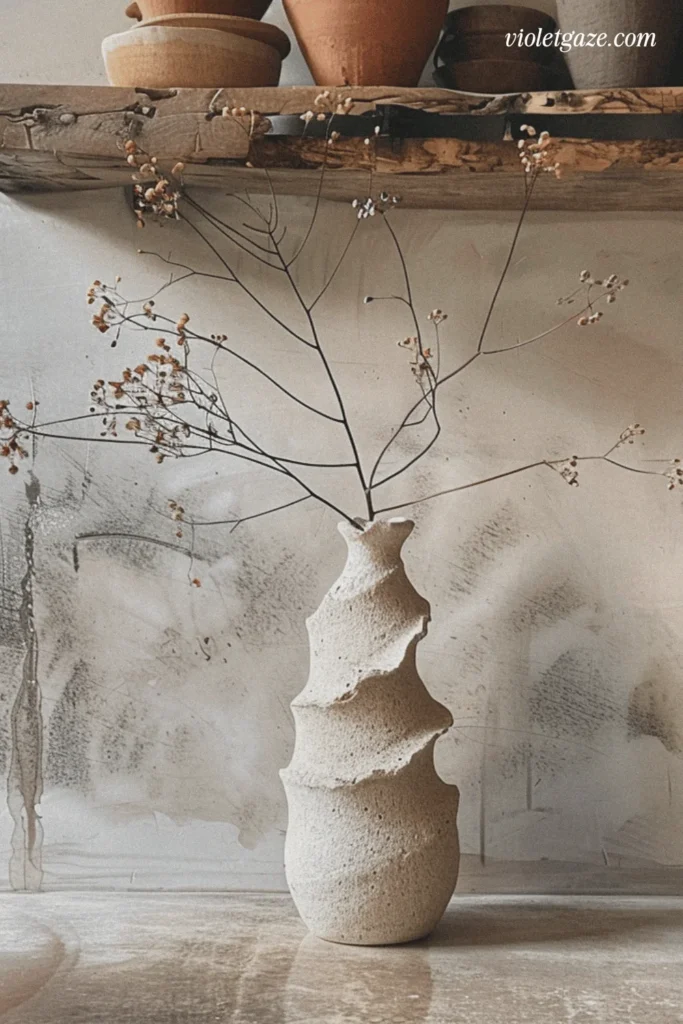
5. Embrace Being “Cringe” (Within Your Gut-Reaction)
It’s completely normal to feel a bit insecure or unsure about our work, especially when we’re stepping outside our comfort zone and trying new things.
It’s definitely a balancing act between being cringe and doing something that’s genuinely outside of your values. Your gut will know the difference — and you’ll shift and change and find your way as long as you keep going and stay consistent.
That’s the key — it’s not about being naturally talented. It’s about consistency.
Your talent will come when you’re consistently getting training. Your innate, self-defined success will come when you’re consistently creating. Your dream creative lifestyle will come with consistency.
Let’s Be Imperfect Artists Together!
That’s all that wabi-sabi is about, too — not throwing something away just because it has some imperfections, but keeping it so it can consistently share its beauty for years and years to come.
Dare to practice wabi sabi art in your creative career — embracing imperfection, finding beauty in the road bumps, and valuing consistency over perfection.
After all, it’s often the imperfections that make art truly unique and special.
Subscribe to my channel on YouTube for tips on how to embrace imperfection, love the journey, and find a deep sense of creativity and authenticity in yourself.
Let’s connect and support each other on this beautiful, imperfect journey of artistic expression.
Paragraph
Paragraph
Creative lifestyle
Creative lifestyle
Creative lifestyle
Paragraph
Xo, Kira Violet
I'm an artist at heart, performer and songwriter, and a lover of all things creatively & artistically beautiful. In this little corner of the internet, we talk about how to live an artistic lifestyle, fit with the tools, techniques, tips, and community. Get comfy and cozy.
BACK TO THE BLOG
I'll pass you little notes full of my latest musings, tips & fav creative tools for being your best artist.






